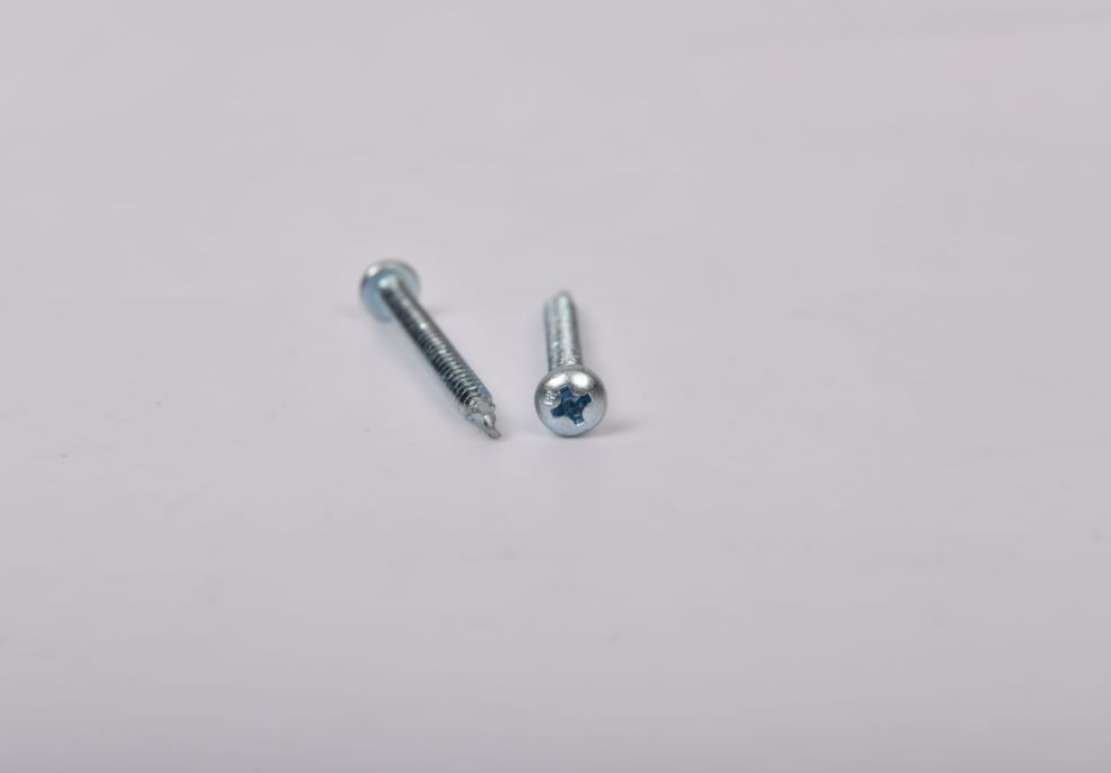drywall screw size guide quotes
Understanding Drywall Screw Sizes A Comprehensive Guide
When it comes to hanging drywall, selecting the right screws is essential for achieving a secure and flat finish. The size and type of drywall screw can greatly affect the integrity of the installation, making it crucial for both DIY enthusiasts and professional contractors to understand the nuances involved. This guide will delve into the different sizes of drywall screws, their applications, and some tips to ensure a successful drywall project.
Types of Drywall Screws
Before discussing sizes, it’s important to understand the types of drywall screws available. Generally, there are two main categories
1. Fine Thread Screws These are best suited for attaching drywall to metal studs. They provide a stronger grip, making them ideal for steel framing. Fine-thread screws are typically used in commercial construction settings.
2. Coarse Thread Screws Designed for use with wood studs, these screws are easier to install and provide a strong hold when penetrating wood materials. Coarse thread screws are the preferred choice for residential applications.
Drywall Screw Sizes
Drywall screws come in various lengths and diameters, each serving a specific purpose. The most common lengths for drywall screws range from 1 inch to 3 inches, with the diameter usually measured according to the gauge, which typically ranges from 6 to 8.
- 1-inch Screws Ideal for attaching 1/4-inch drywall to wood or metal studs. These screws are often used in scenarios where minimal thickness is involved.
- 1.25-inch Screws A versatile option for securing 1/2-inch drywall. This length provides sufficient depth for both wood and metal stud applications.
- 1.5-inch Screws The standard choice for 1/2-inch drywall on wood studs. They provide a substantial hold and reduce the risk of tearing or breaking the drywall.
- 2-inch Screws Commonly used for 5/8-inch drywall installations, particularly in ceilings where added weight and strength are required.
- 2.5-inch Screws Suitable for thicker drywall installations or situations where additional strength is necessary.
drywall screw size guide quotes

- 3-inch Screws Typically employed for heavy-duty applications or in circumstances where drywall needs to be secured to a non-standard structure.
Selecting the Right Screw Size
Choosing the appropriate screw size depends on several factors, including the thickness of the drywall, the type of studs used, and structural requirements. As a general rule, the screw length should penetrate the underlying stud by at least 5/8 inches to ensure a secure hold.
If you are working with thicker drywall (such as 5/8 inch), opt for longer screws to make sure they anchor adequately into the studs. It's also important to be mindful of the screw's diameter, as this contributes to the strength and effectiveness of the hold. Generally, 6 screws are suitable for most drywall installations, but 8 screws can provide additional grip for heavier applications.
Installation Tips
Proper installation is crucial to the performance of drywall screws. Here are some best practices
1. Use a Screw Gun An electric screw gun allows for precise control over depth and torque, reducing the risk of stripping or damaging the screw.
2. Space Screws Appropriately For best results, screws should be spaced approximately 12 inches apart along the edges and 16 inches apart in the field of each drywall sheet.
3. Avoid Overdriving Ensure that the screws are driven just below the surface of the drywall paper without tearing it. Overdriving can lead to cracks and a weakened hold.
4. Choose Quality Screws Opt for screws that are specifically designed for drywall applications. These screws often feature bugle heads designed to countersink smoothly into the drywall surface.
Conclusion
In summary, understanding drywall screw sizes is essential for any drywall installation. By using the appropriate length and type of screw, you ensure not only a beautiful finish but also the longevity and durability of your project. Whether you’re a professional contractor or a DIY homeowner, having a solid grasp of screw sizes and their applications will lead to a successful drywall installation. Always remember to check the specifications based on your project needs, and don’t hesitate to consult with professional resources if you have any questions.
-
Top Choices for Plasterboard FixingNewsDec.26,2024
-
The Versatility of Specialty WashersNewsDec.26,2024
-
Secure Your ProjectsNewsDec.26,2024
-
Essential Screws for Chipboard Flooring ProjectsNewsDec.26,2024
-
Choosing the Right Drywall ScrewsNewsDec.26,2024
-
Black Phosphate Screws for Superior PerformanceNewsDec.26,2024
-
The Versatile Choice of Nylon Flat Washers for Your NeedsNewsDec.18,2024










